印度咨询公司Bridge to India(BTI)表示,印度迫切需要制定适当的质量标准,以[在]组件制造中[使用]环境可持续材料。认为“这能帮助印度将报废组件废弃物的潜在危险性降至最低。”
BTI估计到2050年,印度太阳能电池组件的废弃物数量将增加至180万吨。而目前印度既没有政策性指导方针,也没有所需的运营基础设施,以确保组件废弃物的回收再利用。该国也没有针对含锑玻璃太阳能电池板的回收设施。
而相比之下,欧盟则有“2009生态设计指令”(Eco-Design Directive 2009),一项旨在减少能源相关产品在其整个生命周期中对环境影响的政策工具。
BTI的总经理Vinay Rustagi表示,要使太阳能成为真正的绿色能源,整个产业必须共同努力,积极主动地确保能有一个可持续的太阳能产业废弃物管理方案。
根据印度的2011年电子废弃物管理和处理法规(E-waste Management and Handling Rules 2011),大多数招标文件中,都将处理和处置光伏废弃物的责任交给了开发商。
BTI认为,目前太阳能组件的回收仍然没有商业吸引力。欧洲和美国的回收成本估计为每吨250至300美元。根据距离不等,还需增加60-100%的运输成本。相比之下,所回收再利用材料的价值估计仅为每吨45-130美元左右。目前各国——特别是欧盟和美国,正在进行各种积极的尝试,以便找出一种经济有效的方式来确保更高的原材料回收率。
本月初,印度新能源和可再生能源部提议,强制要求太阳能开发商遵循光伏电池板的玻璃回收程序。
本文作者:PREETI VERMA LAL
This content is protected by copyright and may not be reused. If you want to cooperate with us and would like to reuse some of our content, please contact: editors@pv-magazine.com.
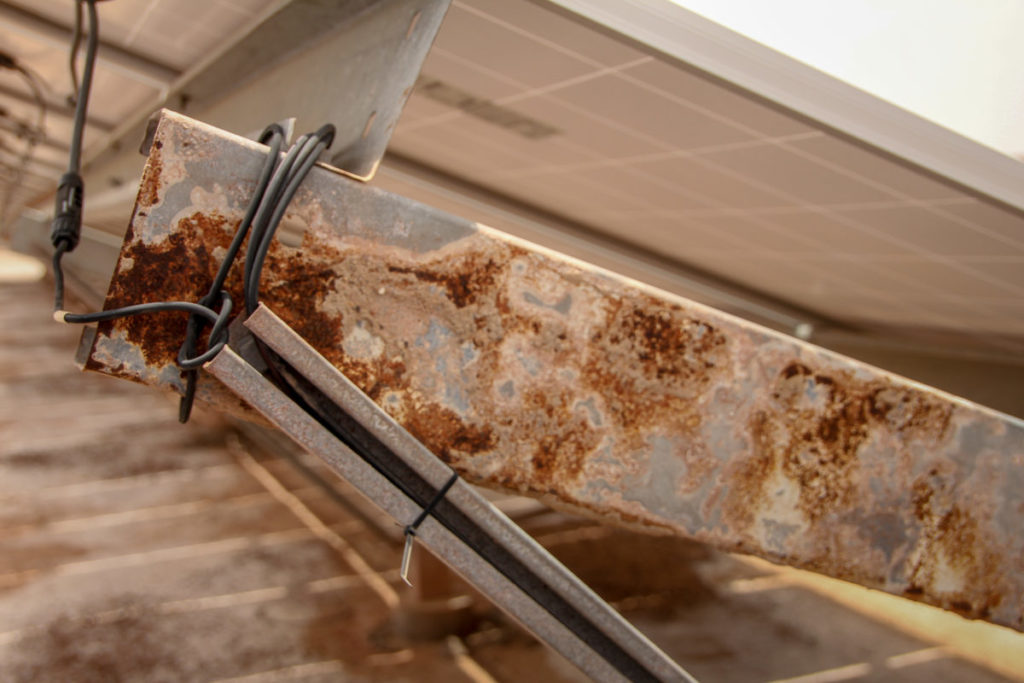


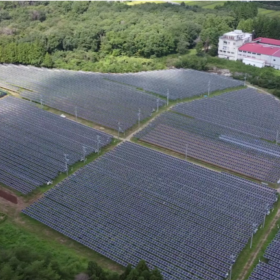
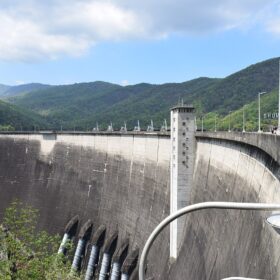
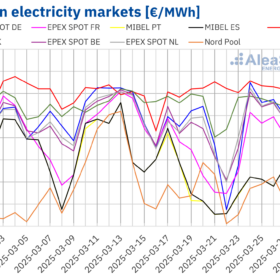

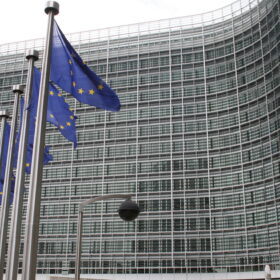


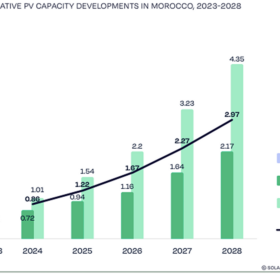


By submitting this form you agree to pv magazine using your data for the purposes of publishing your comment.
Your personal data will only be disclosed or otherwise transmitted to third parties for the purposes of spam filtering or if this is necessary for technical maintenance of the website. Any other transfer to third parties will not take place unless this is justified on the basis of applicable data protection regulations or if pv magazine is legally obliged to do so.
You may revoke this consent at any time with effect for the future, in which case your personal data will be deleted immediately. Otherwise, your data will be deleted if pv magazine has processed your request or the purpose of data storage is fulfilled.
Further information on data privacy can be found in our Data Protection Policy.